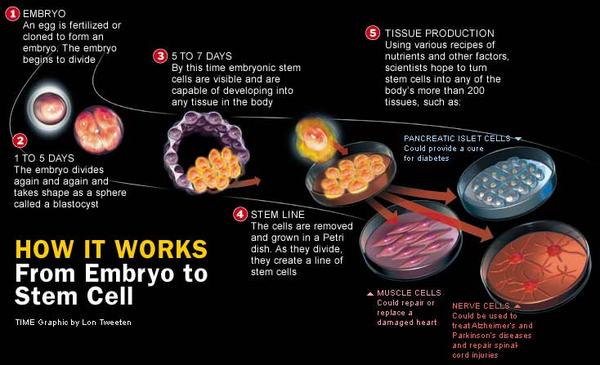Resistance to chemotherapy is an all-too-common condition of standard treatment. Chemotherapy drugs are already toxic to the cancer and to the patient, so there’s only so far that treatment can go before it becomes too dangerous to pursue further. So when cancer cells are resistant, there appears to be few options. Fortunately, leading research in recent years has found that botanicals have the potential to dramatically improve cancer treatment.
Studies at the City of Hope, an independent biomedical research and treatment center has found that Andrographis paniculata, an adaptogenic herb used in traditional Ayurvedic practice, can be a powerful ally in the fight against cancer.
Cell research discovered that combined treatment with andrographis and 5-fluoroucil (5FU) had a synergistic effect that either one alone couldn’t match. Working in tandem, the drug and the botanical regulated specific gene pathways that would otherwise allow cancer cells to develop and thrive. This could mean that the future of cancer treatment is integrative, combining the most advanced natural medicine along with trusted conventional therapies.
When searching for andrographis in supplement form, it is important to make sure it has been standardized for andrographolides – key compounds in the herb considered most responsible for its many beneficial effects.
Abstract:
Sharma P, Shimura T, Banwait JK, Goel A. Andrographis-mediated chemosensitization through activation of ferroptosis and suppression of β-catenin/Wnt-signaling pathways in colorectal cancer. Carcinogenesis. 2020 Aug 24:bgaa090. doi: 10.1093/carcin/bgaa090. Epub ahead of print. PMID: 32835374.
Colorectal cancer (CRC) remains one of the leading causes of cancer-related mortality in the USA. As much as 50–60% of CRC patients develop resistance to 5-fluorouracil (5FU)-based chemotherapeutic regimens, attributing the increased overall morbidity and mortality. In view of the growing evidence that active principles in various naturally occurring botanicals can facilitate chemosensitization in cancer cells, herein, we undertook a comprehensive effort in interrogating the activity of one such botanical—andrographis—by analyzing its activity in CRC cell lines [both sensitive and 5FU resistant (5FUR)], a xenograft animal model and patient-derived tumor organoids. We observed that combined treatment with andrographis was synergistic and resulted in a significant and dose-dependent increase in the efficacy of 5FU in HCT116 and SW480 5FUR cells (P < 0.05), reduced clonogenic formation (P < 0.01) and increased rates of caspase-9-mediated apoptosis (P < 0.05). The genomewide expression analysis in cell lines led us to uncover that activation of ferroptosis and suppression of β-catenin/Wnt-signaling pathways were the key mediators for the anti-cancer and chemosensitizing effects of andrographis. Subsequently, we validated our findings in a xenograft animal model, as well as two independent CRC patient-derived organoids—which confirmed that combined treatment with andrographis was significantly more effective than 5FU and andrographis alone and that these effects were in part orchestrated through dysregulated expression of key genes (including HMOX1, GCLC, GCLM and TCF7L2) within the ferroptosis and Wnt-signaling pathways. Collectively, our data highlight that andrographis might offer a safe and inexpensive adjunctive therapeutic option in the management of CRC patients.




